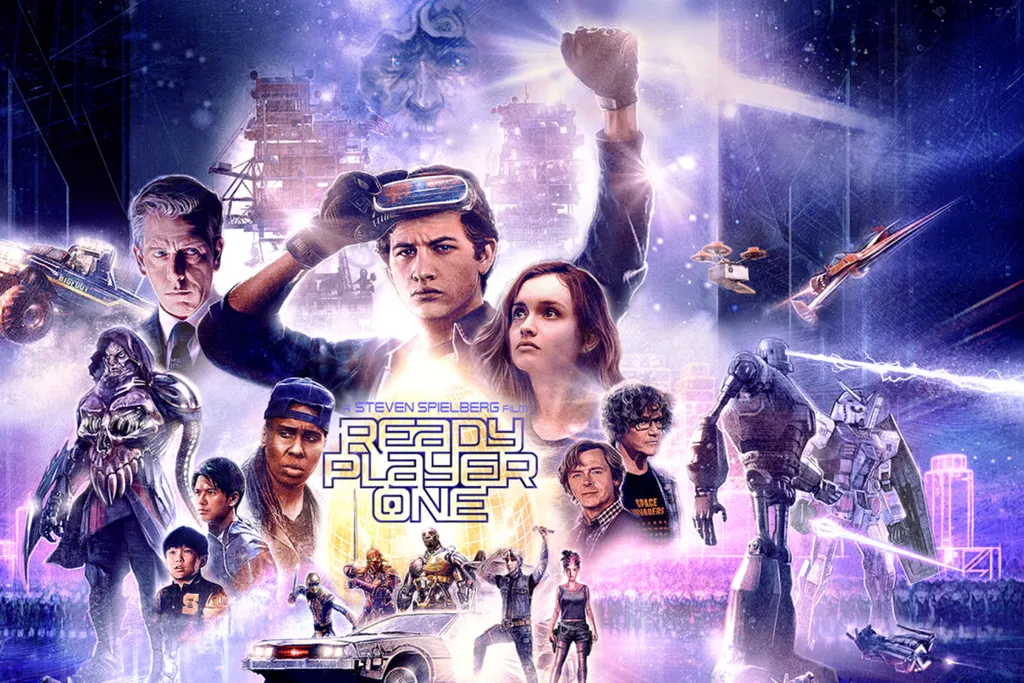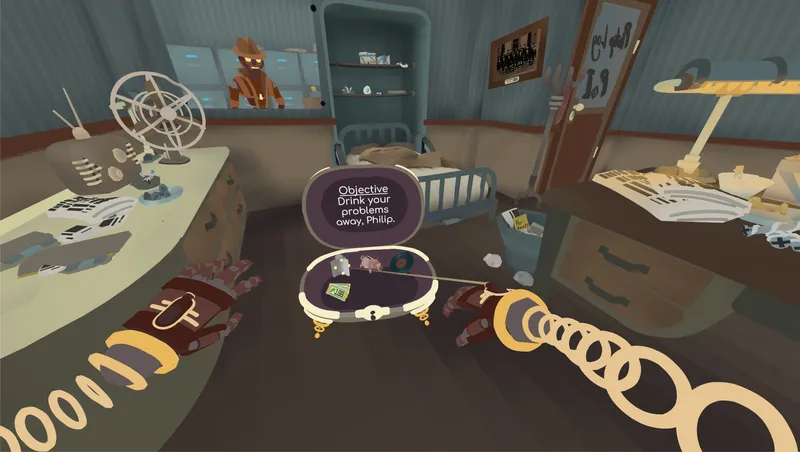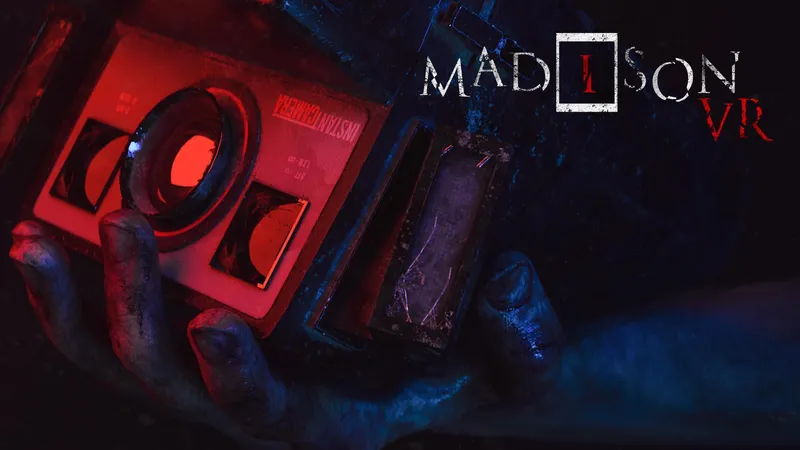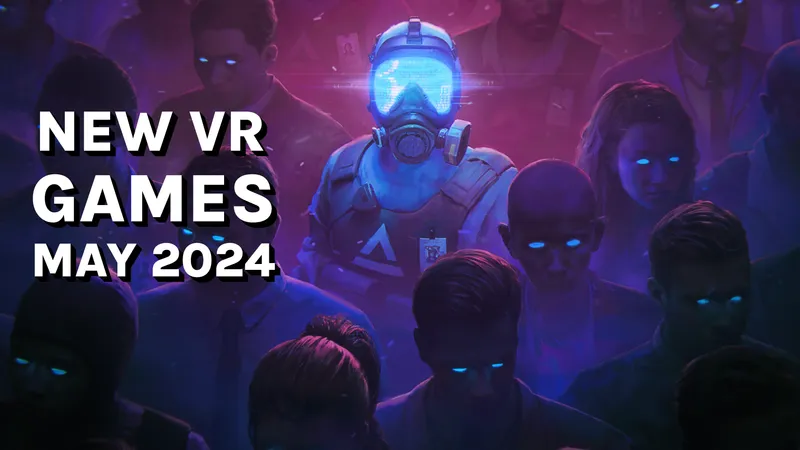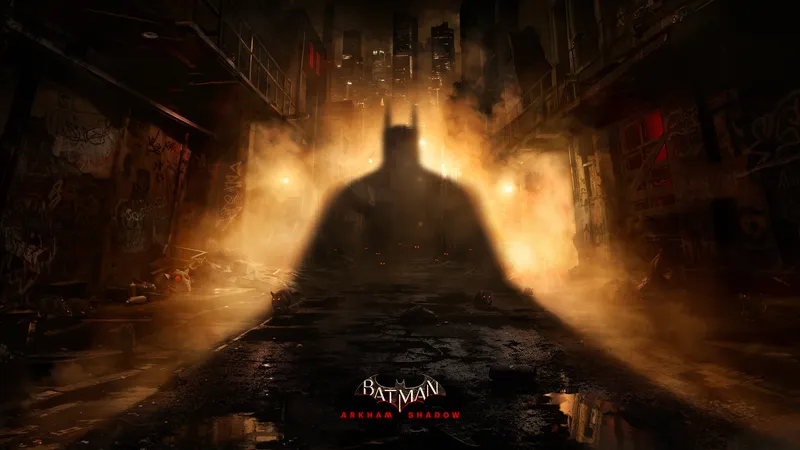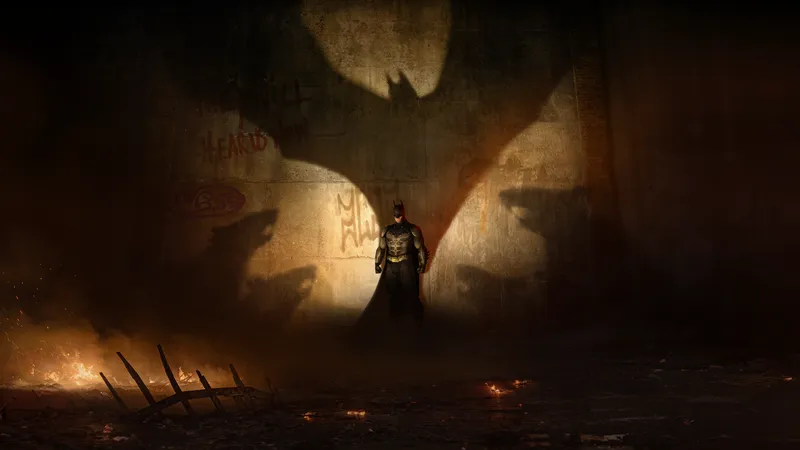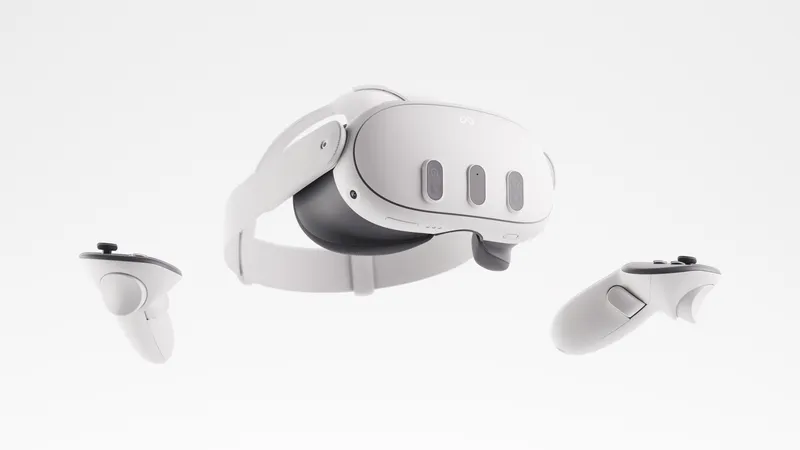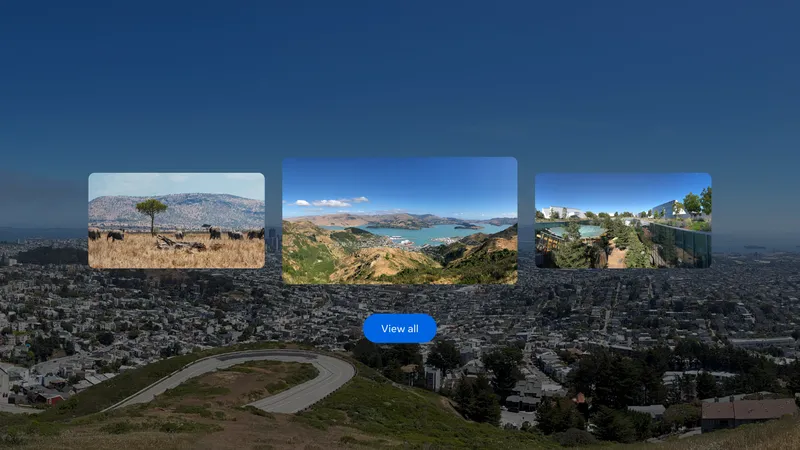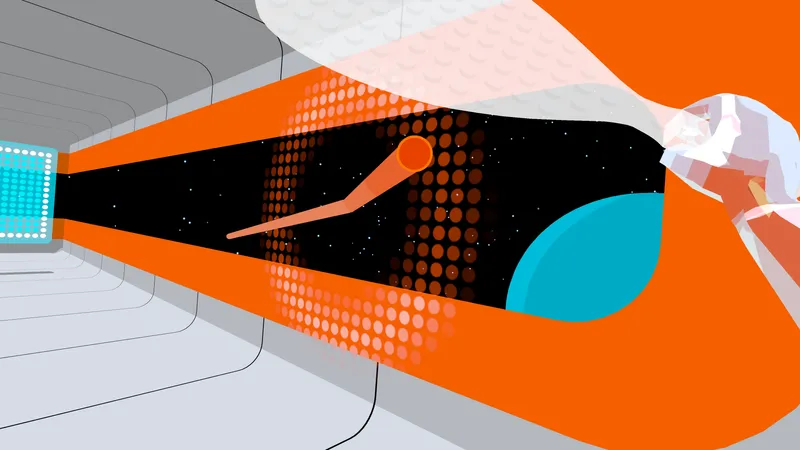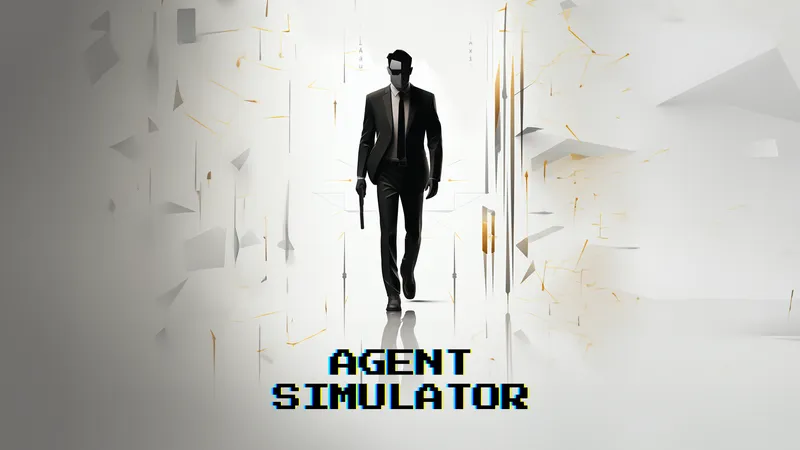Ready Player One occupies an important position in pop culture. Roddenberry’s Holodeck defined VR for much of the ’90s and, by the year 2000, the Wachowski’s Matrix wove itself into the common fabric of everyday discussions. Over this same period, personal computers followed a trajectory of becoming even more personal while also embedding themselves as an important part of our daily lives. I see these two trends as related in driving the number of times the headline “Are we living in a simulation?” has been written.
Now millions of people have VR in their homes, and on the big screen we finally have the Oasis.
Published in 2011 near the end of The Great Recession, the novel Ready Player One by Ernest Cline imagined a future where the recession never ended. Spielberg’s adaptation puts this future in clear terms. Its narrator and hero, Wade Watts, explains that people have stopped trying to make things better. Now they just try to survive and escape to the Oasis whenever possible.
The Matrix sits at the extreme of a spectrum of VR systems. It produces perfect direct neural input capable of overtaking your senses and stimulating your brain to such a degree that virtually nobody can tell it is fake. To top it off, the world outside VR is so bleak why would anybody want to take Morpheus’ red pill and escape the Matrix in the first place?
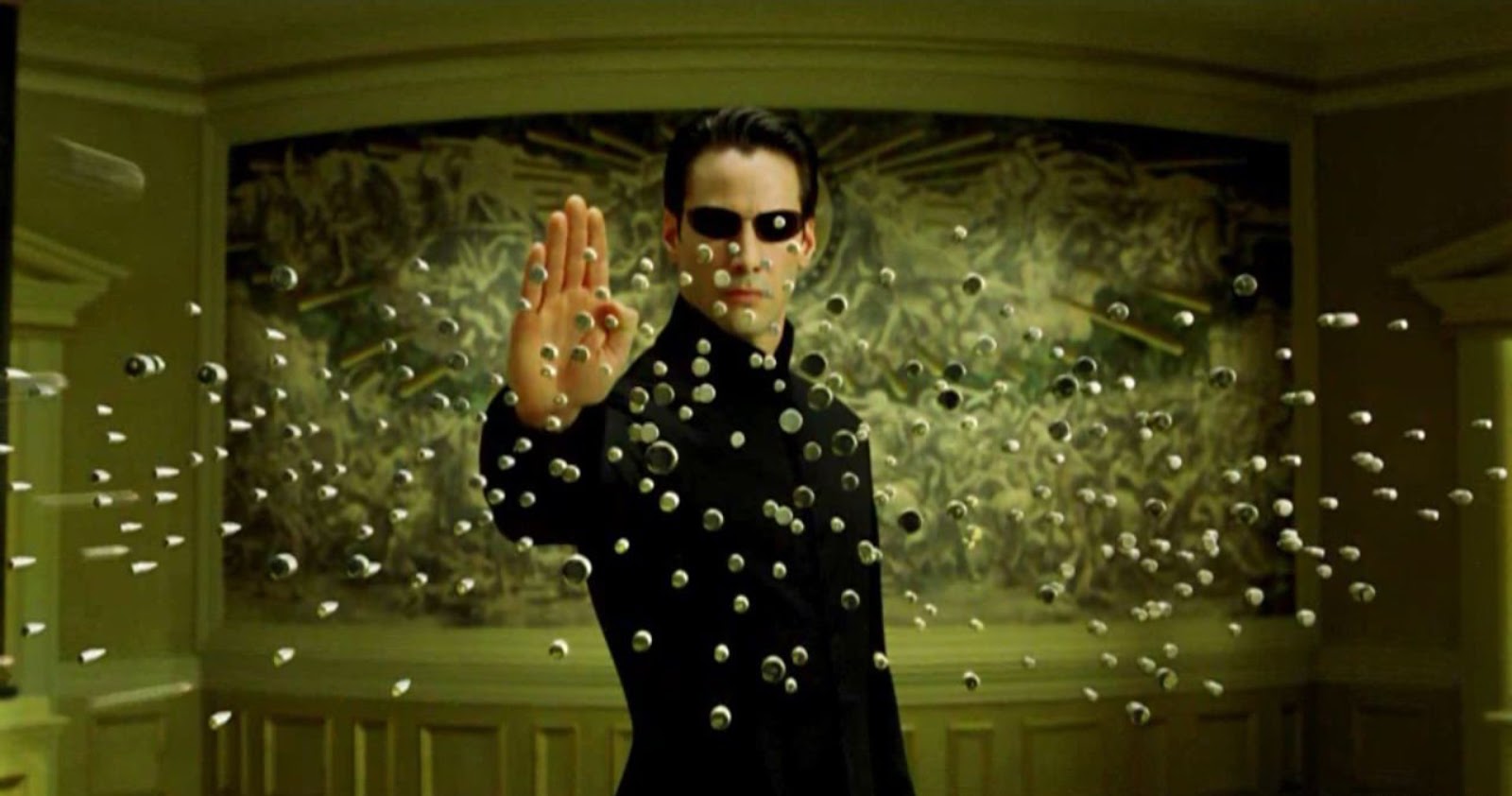
“If you’d told us the truth, we would’ve told you to shove that red pill right up your ass!” Cypher says in the films, as he just wants to go back to the Matrix and stay oblivious to a reality of incredible strife. “I know this steak doesn’t exist. I know that when I put it in my mouth, the Matrix is telling my brain that it is juicy and delicious. After nine years, you know what I realize? Ignorance is bliss.”
The difference between The Matrix and The Oasis is vast.
The Oasis in Ready Player One isn’t anywhere near as powerful since its users wear headsets much like the ones we have in real life and put on haptic feedback suits instead of plugging in a neural connection. To that end, the Oasis can’t simulate the taste of good food, or the kiss of someone you adore. At least not in 2044 with the gear we see in the movie. You can also — usually — leave The Oasis whenever you want to. But why would you want to when things are easier, faster, and more fun in VR?
It’s within this context that we encounter Ready Player One’s villain: Nolan Sorrento. Agent Smith in The Matrix saw the human race as a virus. All Sorrento cares about is profit and power. He believes once his company — IOI — controls The Oasis, he could cover up to 80% of the user’s field of view with advertisements, he notes, without causing seizures. His company also operates “loyalty” centers in which people are forced to work off debt in VR and electrocuted when they don’t comply. So that’s pretty bad, but Sorrento, even at his ugliest, doesn’t carry the emotional weight of Smith’s menacing presence.
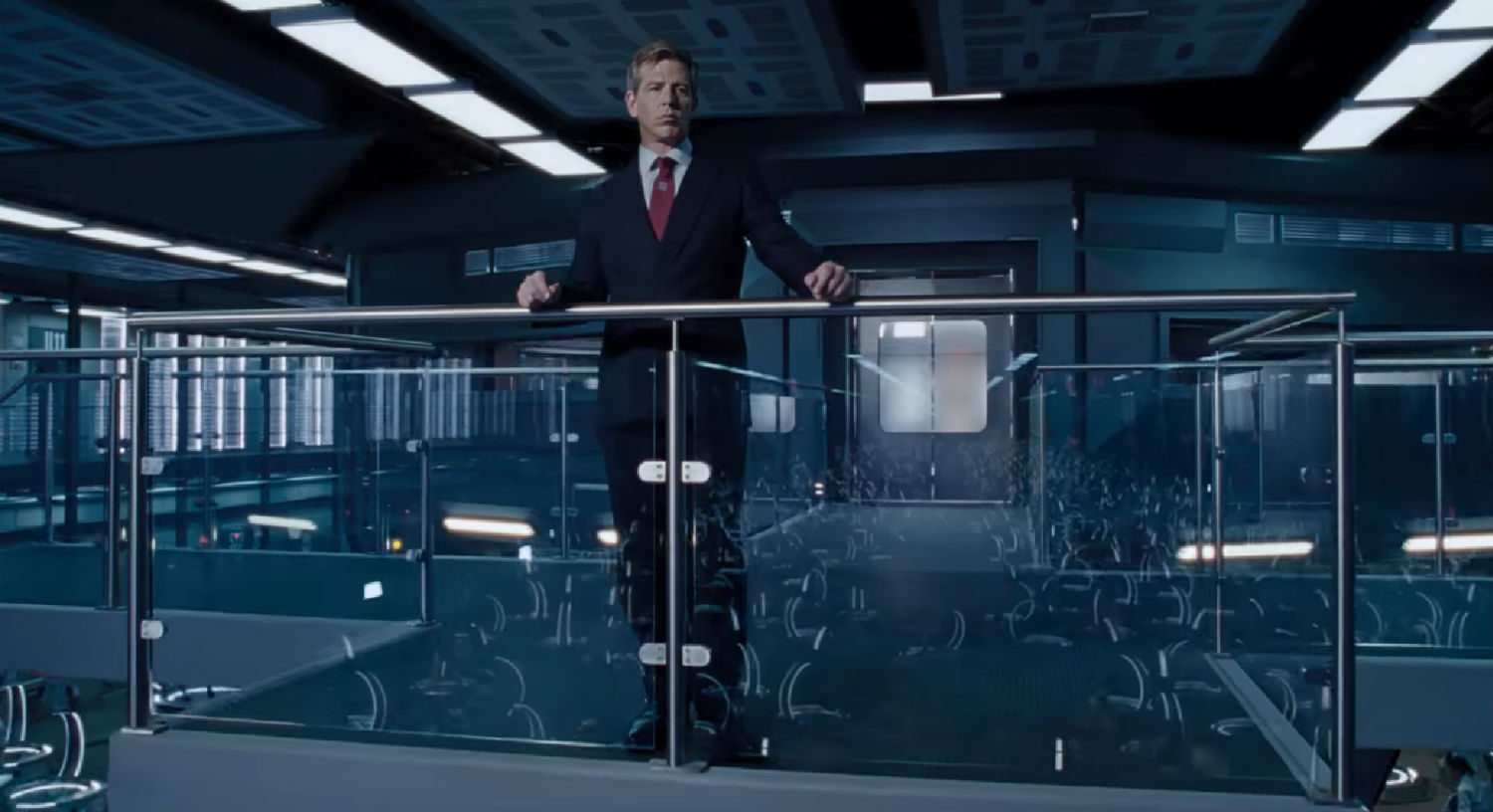
In fact, none of the movie carries the emotional weight of The Matrix. It’s just not that kind of trip. Ready Player One is as cheesy as the movies, games, and cartoons it directly references. I could understand how easy it might be for some to be turned away by that, and those folks should feel free to move along. For me, it works.
Kids in this future wield pop culture as weapons and there is no one better to aim those weapons on the big screen than Spielberg. This giant package is delivered with care by one of the masters of the medium. Like many of the book’s biggest fans I was raised on Spielberg movies. So when I heard he would turn this Willy Wonka-like story into a movie I was excited, but to see him deliver was magical.
The choices Spielberg made in adapting Ready Player One to the big screen do a lot to help the movie stand on its own. It starts off with an incredible car chase kicking off the quest for the hidden egg, and continues with a sequence that swaps out Matthew Broderick’s WarGames for an adaptation of a fantastic horror film (which I won’t spoil here). The master storyteller quickly drops you into this future of pizza delivery by drone to ramshackle houses set against the allure of the Oasis and the quest laid out by its creator, James Halliday. In doing so, Spielberg also successfully translates a fun book into an exciting movie by way of the spectacle we would expect on the big screen.
As an example, watching people scream while experiencing horror like Resident Evil 7 is enormous fun, and Spielberg captures the satisfaction you get watching people react to VR during some of Ready Player One’s most enjoyable moments. (As far as my 7 year old is concerned the sequence featuring this film — spoiler link — is perhaps the only one during which I would ask her to cover her eyes).
[gfycat data_id=”LeadingFortunateEmu”]
In Ready Player One, the only thing that matters to our hero Wade Watts at the beginning of the film is the virtual world. By the end he’s learned some lessons. These lessons differ somewhat from the book and I’ll refrain from spoiling them. Still, I will be interested to see if this movie itself becomes a pop culture phenomenon and if those lessons resonate with people in the years to come.
Also I just wanted to note that it is secondary to the movie itself, but I plan to see Ready Player One again to process more how it depicted technology. At one moment a character is unaware they are in VR while at another a character is able to see out the side of the headset just a bit to the world beyond. There’s a variety of locomotion scenarios shown from omni-directional treadmills to chairs to rigs that hoist you up or pull your limbs, and there also appears to be real world mapping of the virtual world into the real one. All of this plays seamlessly together into a shared universe in which you can do anything.
I see decades of progress in VR technology making some of these scenarios generally plausible. What’s interesting to me about it all, though, is the way AR technology was generally subsumed by VR. In the Ready Player One universe, the real world is nothing to look at so AR tech is only useful if you need to, say, murder someone by tracking them down in the real world.
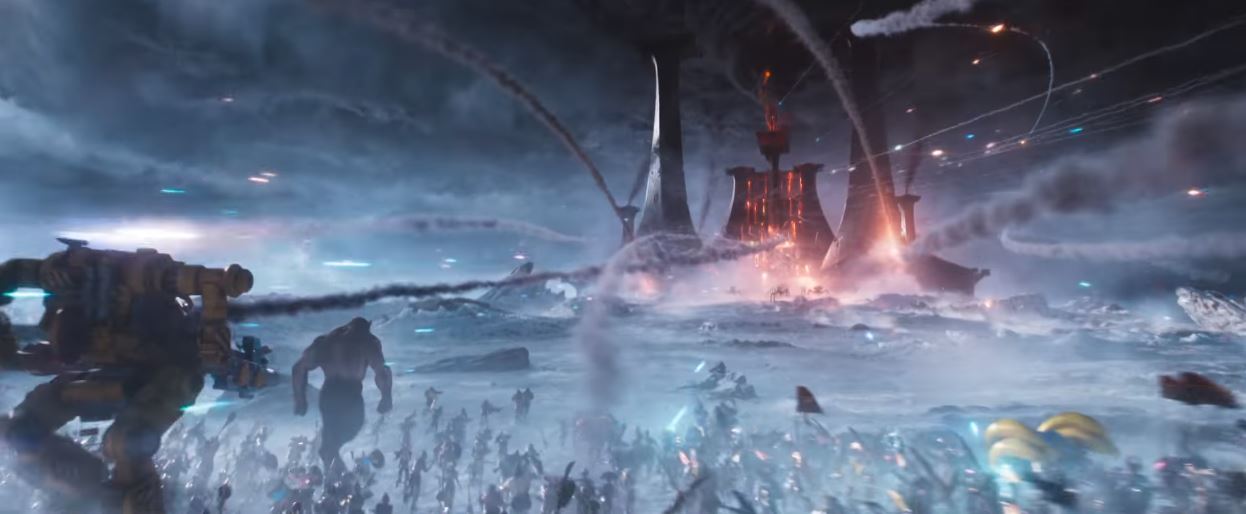
I don’t think our future will play out that way, but as we see how popular this movie becomes I am curious to see how it contributes to the ongoing debates happening around just what to call this new generation of spatial computing.
Conclusion:
Pass if nostalgia porn isn’t your thing, but otherwise you should enjoy Ready Player One.
This review is based on an advanced screening in Los Angeles, CA earlier this week.

